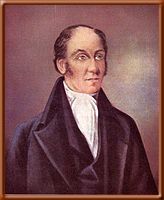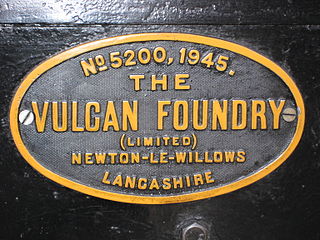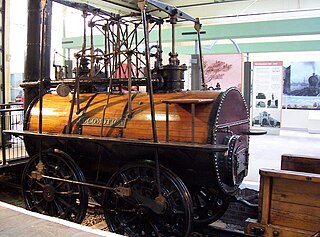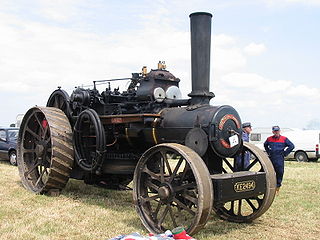The Stephenson Locomotive Society (SLS) was founded in the UK in Autumn 1909 for the study of rail transport and locomotives. More recently, on 1 January 2017, the SLS became a private company limited by guarantee, registered in England and Wales 10471004 (Current Registered Office First Floor, Templeback, 10 Temple Back, BRISTOL, BS1 6FL).

The United Kingdom, officially the United Kingdom of Great Britain and Northern Ireland but more commonly known as the UK or Britain, is a sovereign country lying off the north-western coast of the European mainland. The United Kingdom includes the island of Great Britain, the north-eastern part of the island of Ireland and many smaller islands. Northern Ireland is the only part of the United Kingdom that shares a land border with another sovereign state—the Republic of Ireland. Apart from this land border, the United Kingdom is surrounded by the Atlantic Ocean, with the North Sea to the east, the English Channel to the south and the Celtic Sea to the south-west, giving it the 12th-longest coastline in the world. The Irish Sea lies between Great Britain and Ireland. With an area of 242,500 square kilometres (93,600 sq mi), the United Kingdom is the 78th-largest sovereign state in the world. It is also the 22nd-most populous country, with an estimated 66.0 million inhabitants in 2017.

Rail transport is a means of transferring of passengers and goods on wheeled vehicles running on rails, also known as tracks. It is also commonly referred to as train transport. In contrast to road transport, where vehicles run on a prepared flat surface, rail vehicles are directionally guided by the tracks on which they run. Tracks usually consist of steel rails, installed on ties (sleepers) and ballast, on which the rolling stock, usually fitted with metal wheels, moves. Other variations are also possible, such as slab track, where the rails are fastened to a concrete foundation resting on a prepared subsurface.

A locomotive or engine is a rail transport vehicle that provides the motive power for a train. If a locomotive is capable of carrying a payload, it is usually rather referred to as multiple units, motor coaches, railcars or power cars; the use of these self-propelled vehicles is increasingly common for passenger trains, but rare for freight.
The Society was originally named The Stephenson Society in honour of the Stephenson family of engineers and not solely George Stephenson as often, erroneously, stated. In late 1911 the professional engineers seceded from the Society to form the Junior Institution of Locomotive Engineers and the Society then took its present name. [1] Despite this the SLS has since attracted professional locomotive engineers such as William Stanier, Oliver Bulleid and André Chapelon, as well as amateurs.
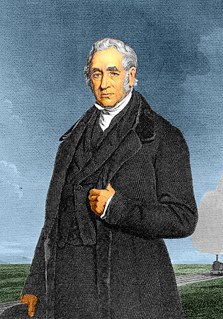
George Stephenson was an English civil engineer and mechanical engineer. Renowned as the "Father of Railways", Stephenson was considered by the Victorians a great example of diligent application and thirst for improvement. Self-help advocate Samuel Smiles particularly praised his achievements. His chosen rail gauge, sometimes called 'Stephenson gauge', was the basis for the 4 feet 8 1⁄2 inches (1,435 mm) standard gauge used by most of the world's railways.
Sir William Arthur Stanier, FRS was an English railway engineer, and was Chief Mechanical Engineer of the London, Midland and Scottish Railway.
Oliver Vaughan Snell Bulleid CBE was a British railway and mechanical engineer best known as the Chief Mechanical Engineer (CME) of the Southern Railway between 1937 and the 1948 nationalisation, developing many well-known locomotives.
It also has local Centres which organise meetings and trips of railway interest. [2]
In 1927 the SLS organised the preservation of London, Brighton and South Coast Railway B1 Class steam locomotive Gladstone; the first locomotive to be preserved by private subscription. In due course it was donated to the UK National Collection and is now in the care of the National Railway Museum. The SLS are custodians of a historic miniature steam locomotive Orion constructed to run on 9½ in. (241 mm) gauge track, based on the London and North Western Railway Webb Compound design. As of February 2013 Orion is on long term loan and display at the Shildon Locomotion Museum.

The London, Brighton and South Coast Railway was a railway company in the United Kingdom from 1846 to 1922. Its territory formed a rough triangle, with London at its apex, practically the whole coastline of Sussex as its base, and a large part of Surrey. It was bounded on its western side by the London and South Western Railway (L&SWR), which provided an alternative route to Portsmouth. On its eastern side the LB&SCR was bounded by the South Eastern Railway (SER) – later one component of the South Eastern and Chatham Railway (SE&CR) – which provided an alternative route to Bexhill, St Leonards-on-Sea, and Hastings. The LB&SCR had the most direct routes from London to the south coast seaside resorts of Brighton, Eastbourne, Worthing, Littlehampton and Bognor Regis, and to the ports of Newhaven and Shoreham-by-Sea. It served the inland towns/cities of Chichester, Horsham, East Grinstead and Lewes, and jointly served Croydon, Tunbridge Wells, Dorking and Guildford. At the London end was a complicated suburban and outer-suburban network of lines emanating from London Bridge and Victoria, and shared interests in two cross-London lines.
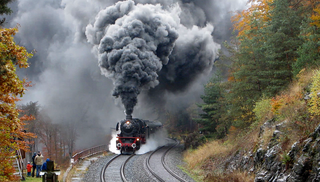
A steam locomotive is a type of railway locomotive that produces its pulling power through a steam engine. These locomotives are fueled by burning combustible material – usually coal, wood, or oil – to produce steam in a boiler. The steam moves reciprocating pistons which are mechanically connected to the locomotive's main wheels (drivers). Both fuel and water supplies are carried with the locomotive, either on the locomotive itself or in wagons (tenders) pulled behind.

The National Railway Museum (NRM) is a museum in York forming part of the British Science Museum Group of National Museums and telling the story of rail transport in Britain and its impact on society. It has won many awards, including the European Museum of the Year Award in 2001. It is the home of the national collection of historically significant railway vehicles, as well as a collection of other artefacts and both written and pictorial records.

